Morungs, music, and mist: Capturing the spirit of the Hornbill festival
- Samprathi Karthik
- Dec 3, 2024
- 4 min read
Updated: Jan 7

They say festivals are windows into the soul of a culture, and the Hornbill festival proved this true in ways I hadn’t imagined. Nestled in Nagaland’s Kisama heritage village, this December celebration immerses visitors in the vibrant traditions of the state’s sixteen tribes. My visit was unforgettable—not just for the mesmerizing dances, music, and craftsmanship, but for the rare weather that graced the event.
Unseasonal rains and misty, fog-laden days wrapped the festival in an almost surreal beauty. Each moment felt like stepping into a living painting, where heritage and nature danced in perfect harmony, leaving me spellbound.
As part of my annual tradition, I sought to immerse myself in a new culture—exploring its essence and preserving it through my lens. Initially, my plan was to head to Rishikesh for a yoga certification, but an impulse in October redirected me to the Northeast. The Hornbill festival beckoned, and the decision was both spontaneous and thrilling. I prepared meticulously, acquiring a Fuji camera and Zeiss lenses, perfect for capturing the festival’s vibrant tapestry. My journey began, fueled by anticipation to witness and document the final five days, including the grand closing ceremony.

As I arrived in Kohima, a tranquil hill station cradled by misty mountains, I was greeted by the gentle rhythm of Naga life. The town’s charm lay in its simplicity—no bustling buses or auto rickshaws, just shared taxis weaving through set routes. This unique way of life, paired with the innate honesty and warmth of the locals, instantly endeared the place to me.

I discovered a small vegetarian eatery tucked along a quiet street, where the owner, after our first chat, graciously prepared meals tailored to my preferences. Each evening, he joined me for dinner, sharing stories of his life and the challenges of running a restaurant. These conversations became a cherished ritual, blending the flavors of his kitchen with the richness of his experiences. Kohima wasn’t just a destination; it became a connection—a place where hospitality and human warmth turned my journey into something deeply personal.

The following morning, I ventured to the festival grounds at Kisama heritage village, a short drive from Kohima. Stepping into the main arena, I was greeted by the vibrant energy of traditional sports, mesmerizing dances, and captivating cultural displays. The Hornbill festival, first organized in 2000 as a celebration of Nagaland’s 16 distinct tribes, has since evolved into a global attraction. As I stood amidst this kaleidoscope of heritage and tradition, I felt its magnetic pull on travelers, photographers, and culture enthusiasts alike.

The timing of my visit to the Hornbill festival brought an unexpected and enchanting twist—a cyclone passing through the region delivered rains, drizzles, and a persistent mist that cloaked Kisama heritage village. For the first time, the festival unfolded in a surreal atmosphere, where vibrant tribal festivities danced amidst low visibility and a dreamlike haze.

As a photographer, this was a treasure trove. The mist softened the scene, blurring the edges of tradition and nature, and opened up a realm of abstract possibilities. My camera became an eager companion as I experimented with capturing the ethereal interplay of light, shadow, and fog.
Photographing naga people felt as though I were capturing the essence of centuries-old traditions frozen in time.
The following day, I sought deeper connection and traveled to Khonoma, a village celebrated for its role in Naga resistance and ecological conservation. The villagers welcomed me warmly, sharing their way of life with pride. As I roamed its terraced fields and lush landscapes, I understood why Khonoma is known as Asia’s first green village. Its alignment with nature exemplified the Naga principles of sustainability and reverence for the land.
Back at Kisama for the noon events, I was drawn into the activities such as hunting display, tug-offs and the rhythm of traditional music and dance. It was here I met a member of the Chakhesang tribe who offered me maize tea and vegetarian delicacies. The festival grounds teemed with life and culture. Stalls brimmed with local crafts, intricate jewellery, and delectable foods, including fresh oranges from nearby orchards—their sharp citrus aroma a refreshing contrast to the chilly December air. With him I visited morungs, tribal huts that are representative of community dormitories for young men and are now cultural landmarks. Each morung told its own story, adorned with symbolic artefacts that reflected the tribe’s unique identity.
Over the next few days, his stories of his tribe’s heritage and guidance enriched my experience immensely, adding layers of meaning to my journey.
A memorable excursion led me to Viswema, a remote village where I met an elderly man, a former hunter. His tales of treks through the hills and hunts with handcrafted guns transported me to a time when survival was an art inseparably tied to tradition. His handcrafted weapons, displayed like relics, spoke volumes about the skills and culture of an era that once defined the Naga way of life.
Each evening in Kohima, the excitement carried on at the night bazaar. Locals and visitors alike thronged the streets alive with food stalls, handicrafts and live music, and I found myself immersed in joy, capturing candid moments.
As the festival drew to a close, tribes from across Nagaland gathered for a spectacular ceremony, joined by performers from neighboring northeastern states. The vibrant dances and soulful music created a breathtaking tableau of cultural unity and shared heritage. It was a moment that transcended mere observation—it was a celebration of identity, resilience, and diversity. The Hornbill festival isn’t just an event—it’s a journey into the soul of Nagaland. From the intricate morungs to the stories shared over tea, each experience offered me a deeper understanding of a culture rooted in history yet open to change.

As I packed for my next destination, Majuli in Assam, I carried with me not just photographs but a sense of gratitude for the lessons in community, tradition, and the universal language of human connection. This festival, with its vibrant yet grounded spirit, is an invitation—not merely to witness but to engage, to learn, and to feel.
Disclaimer: The views and opinions expressed in this article are personal and based on my experiences during the visit. They are not intended to represent or generalize the beliefs, traditions, or practices.

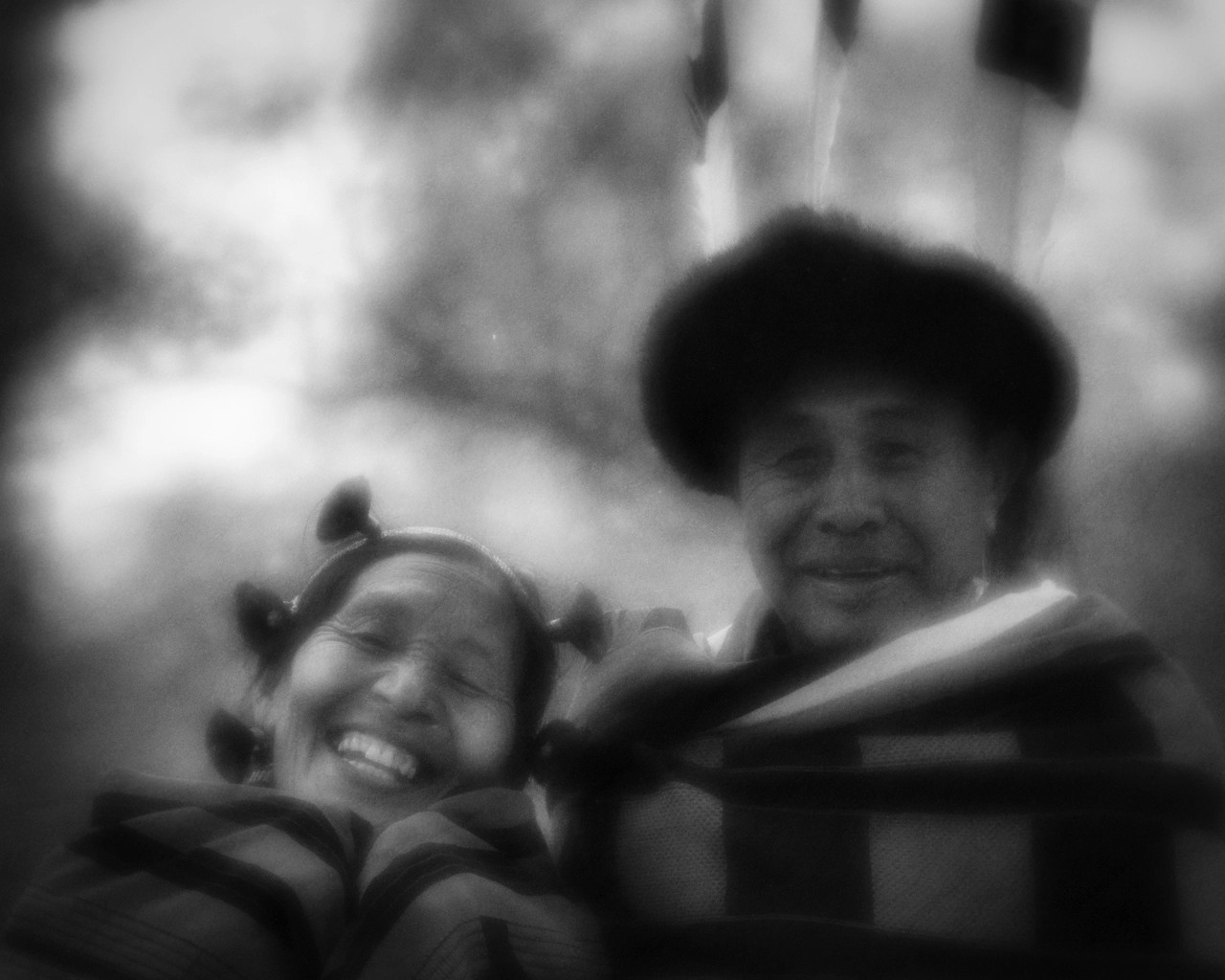
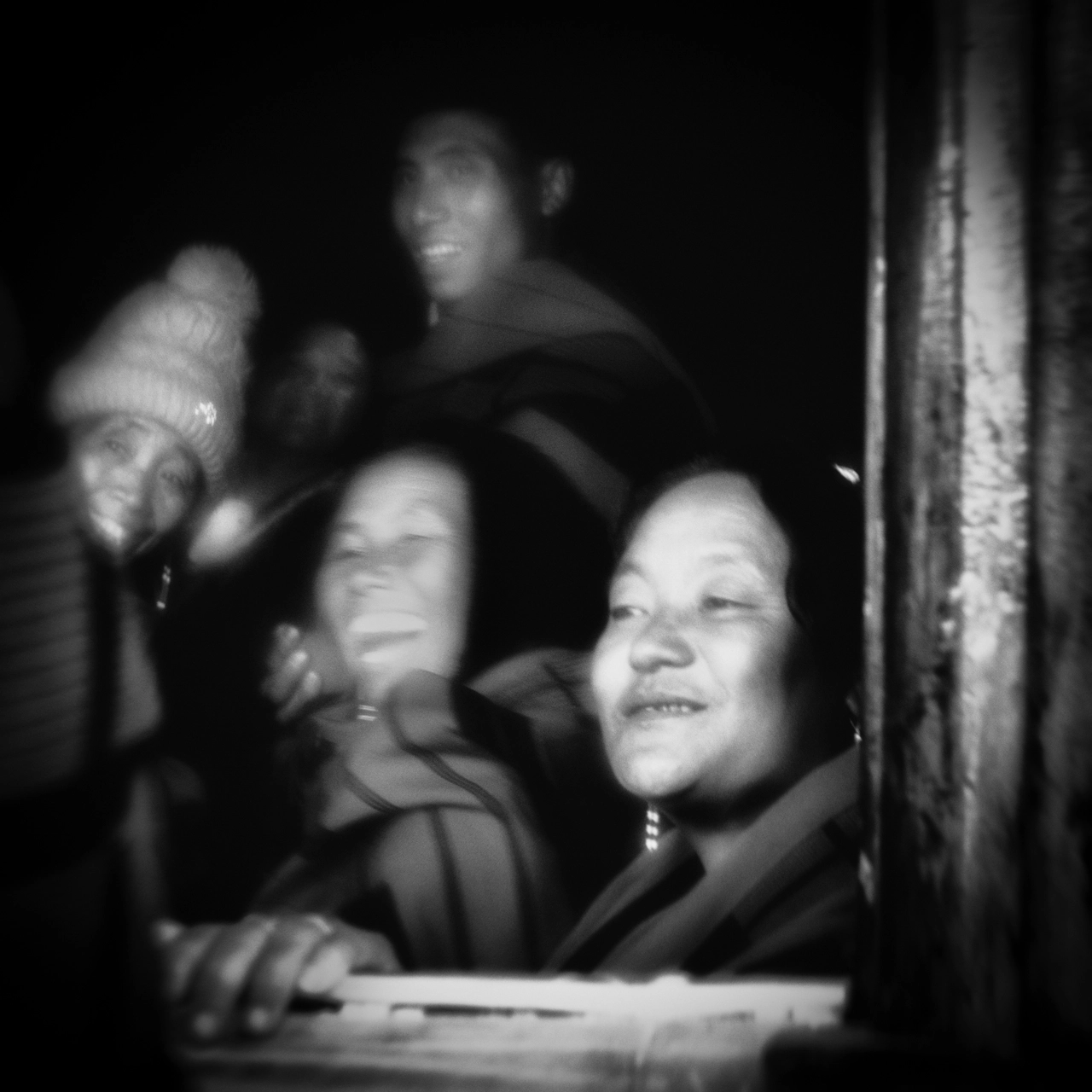
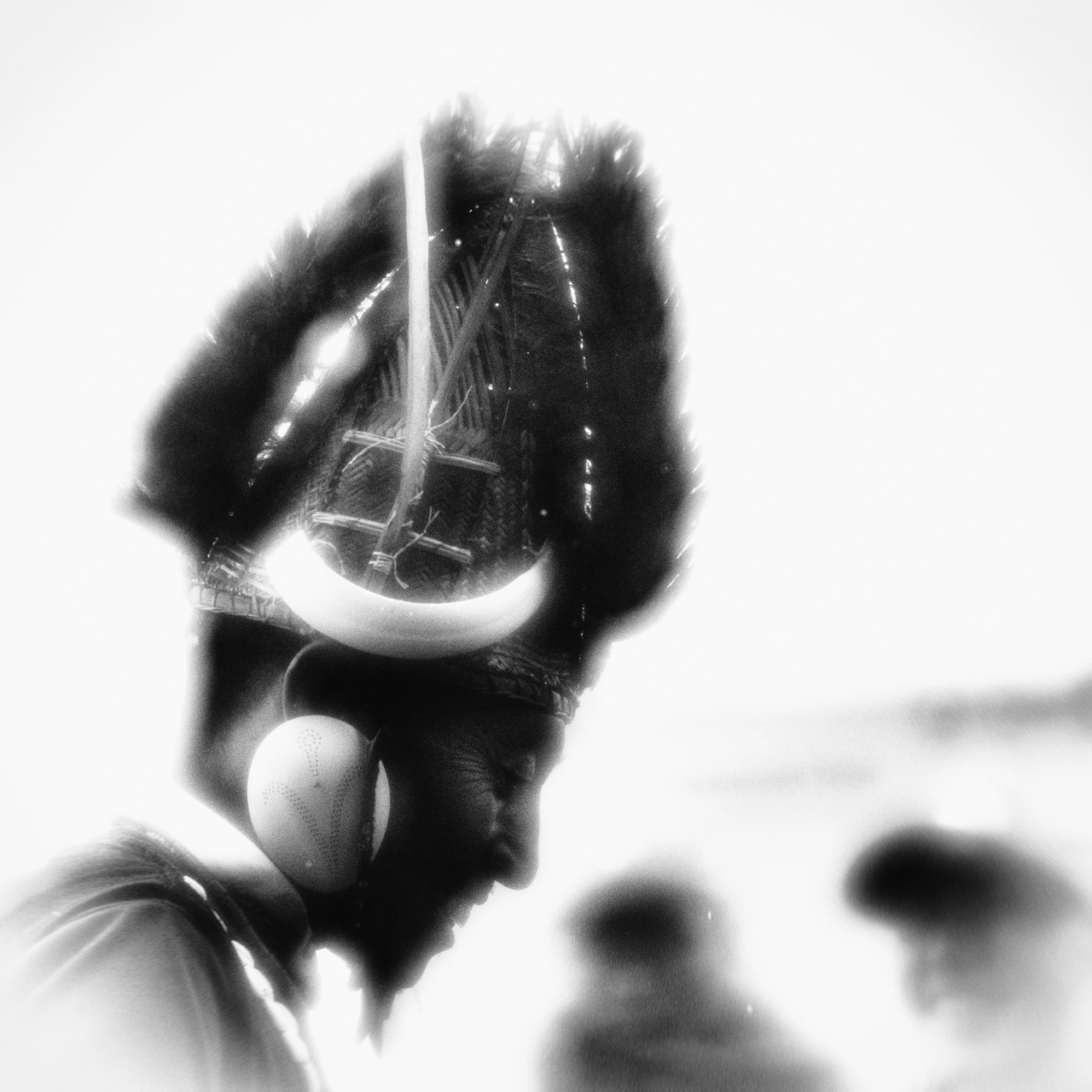
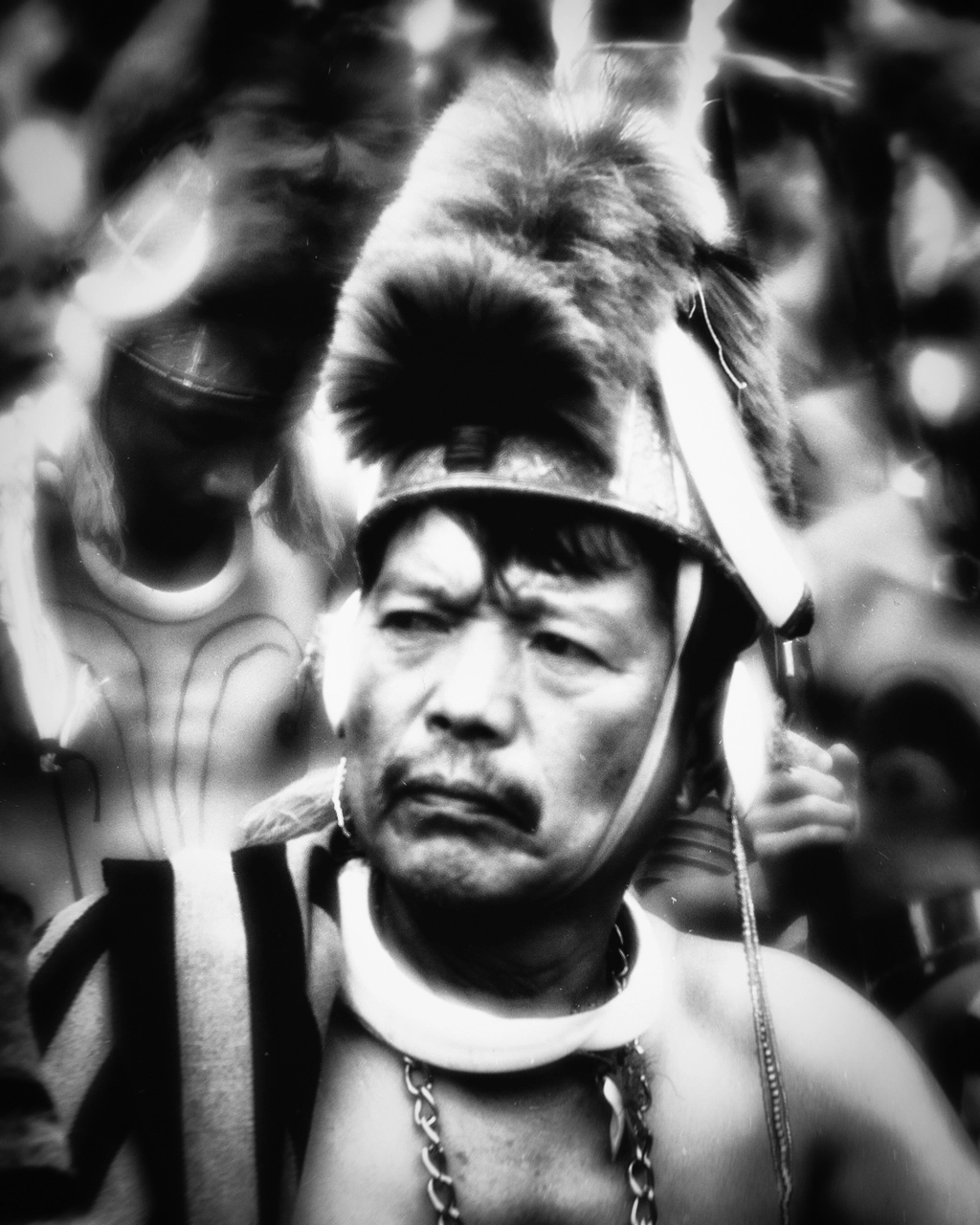
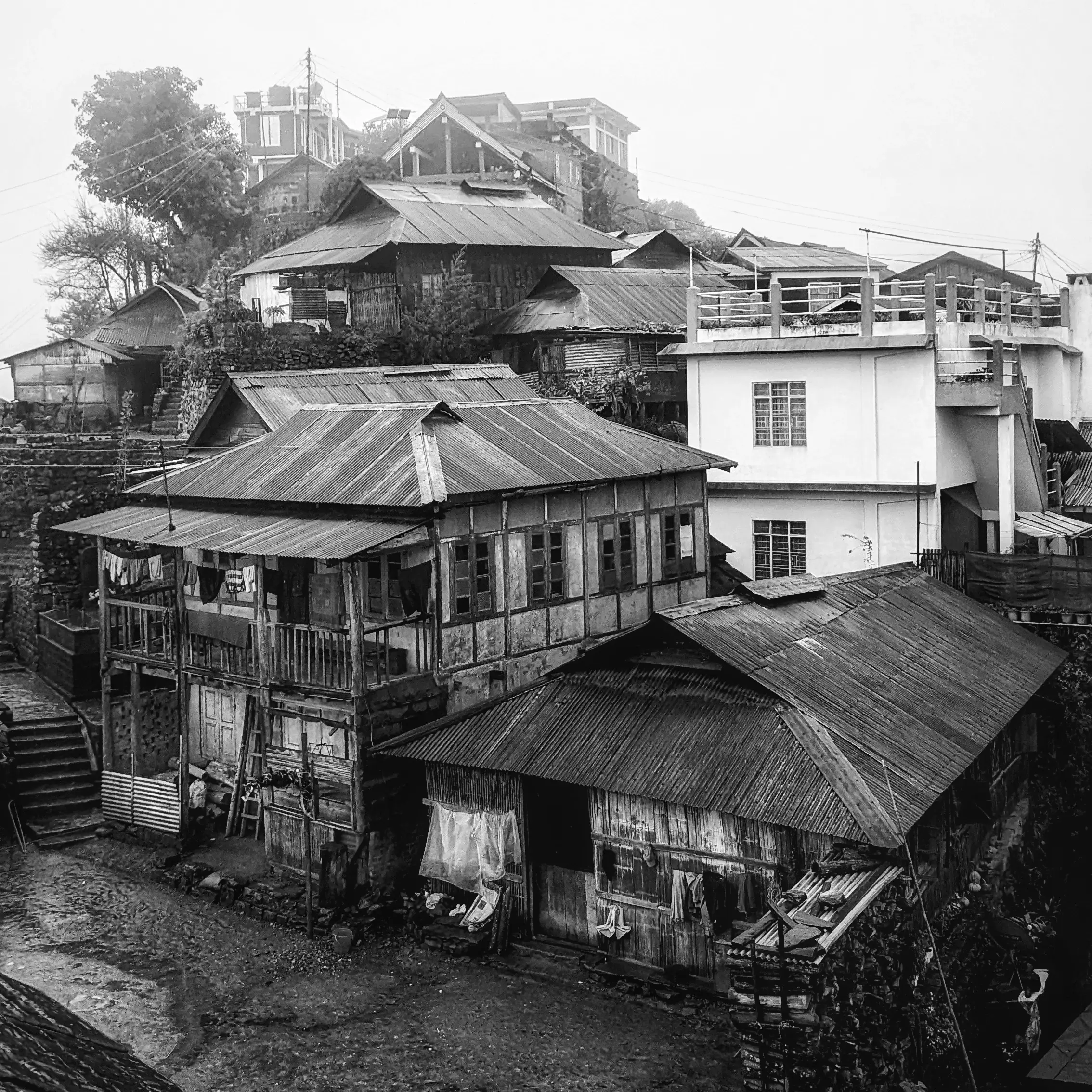
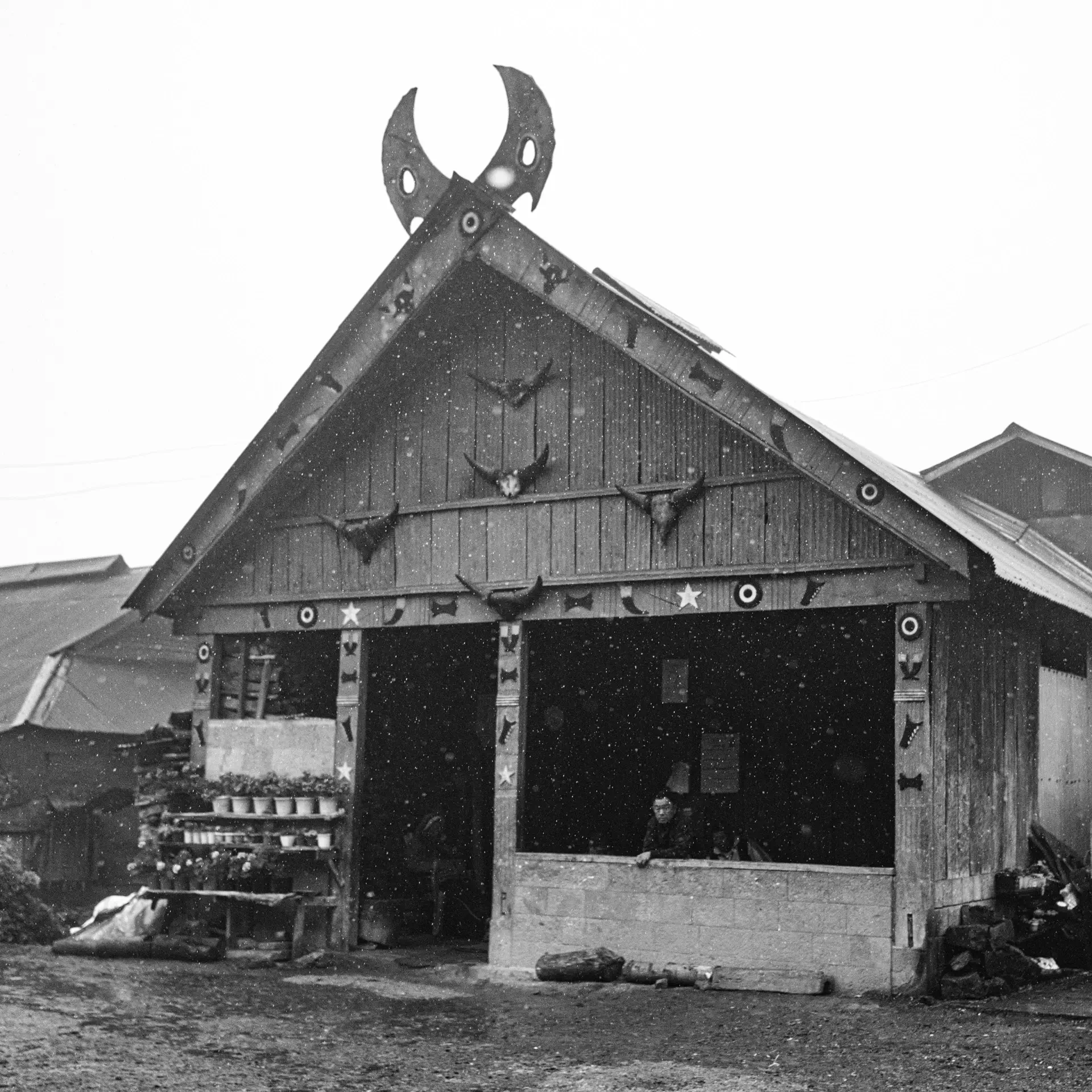
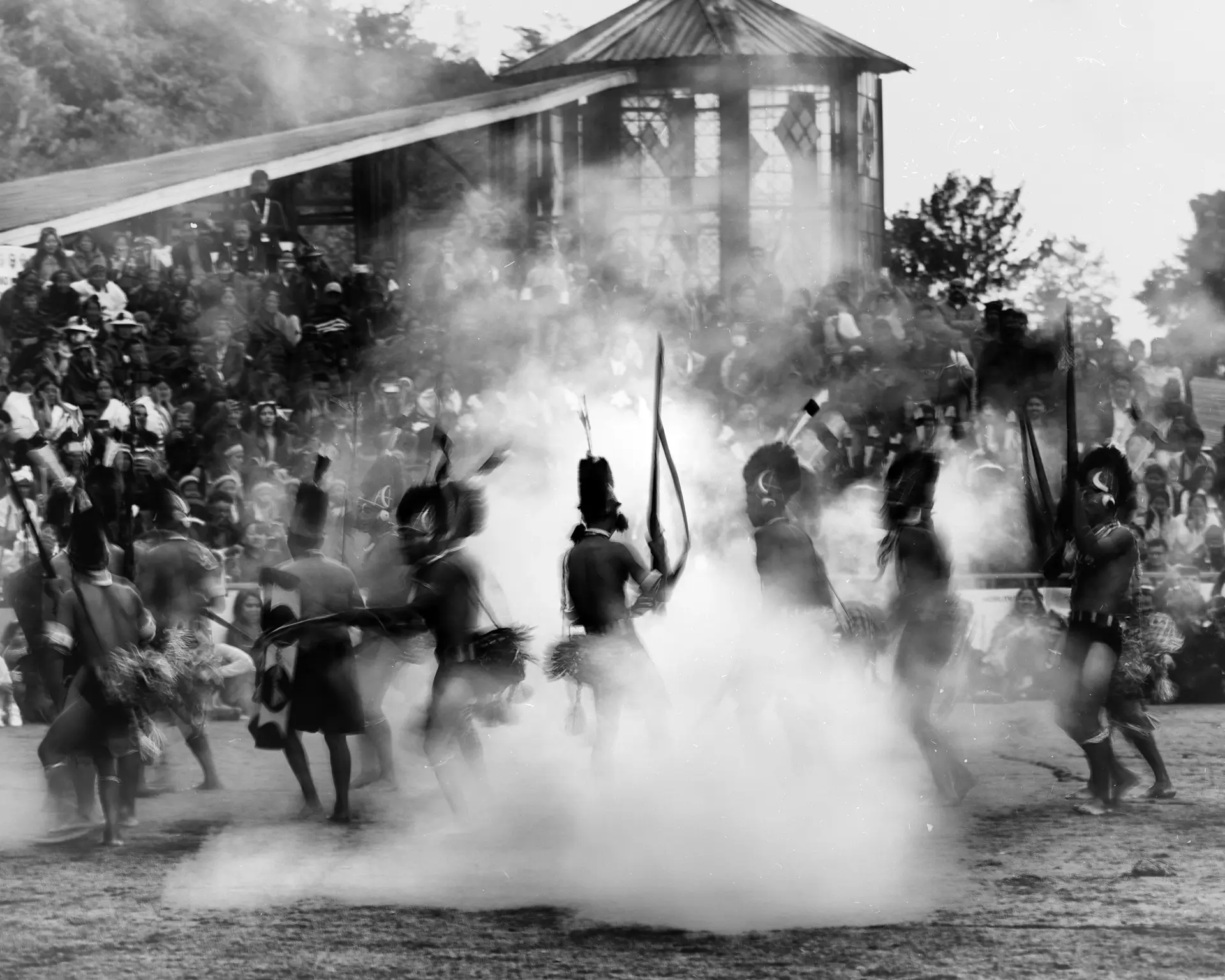

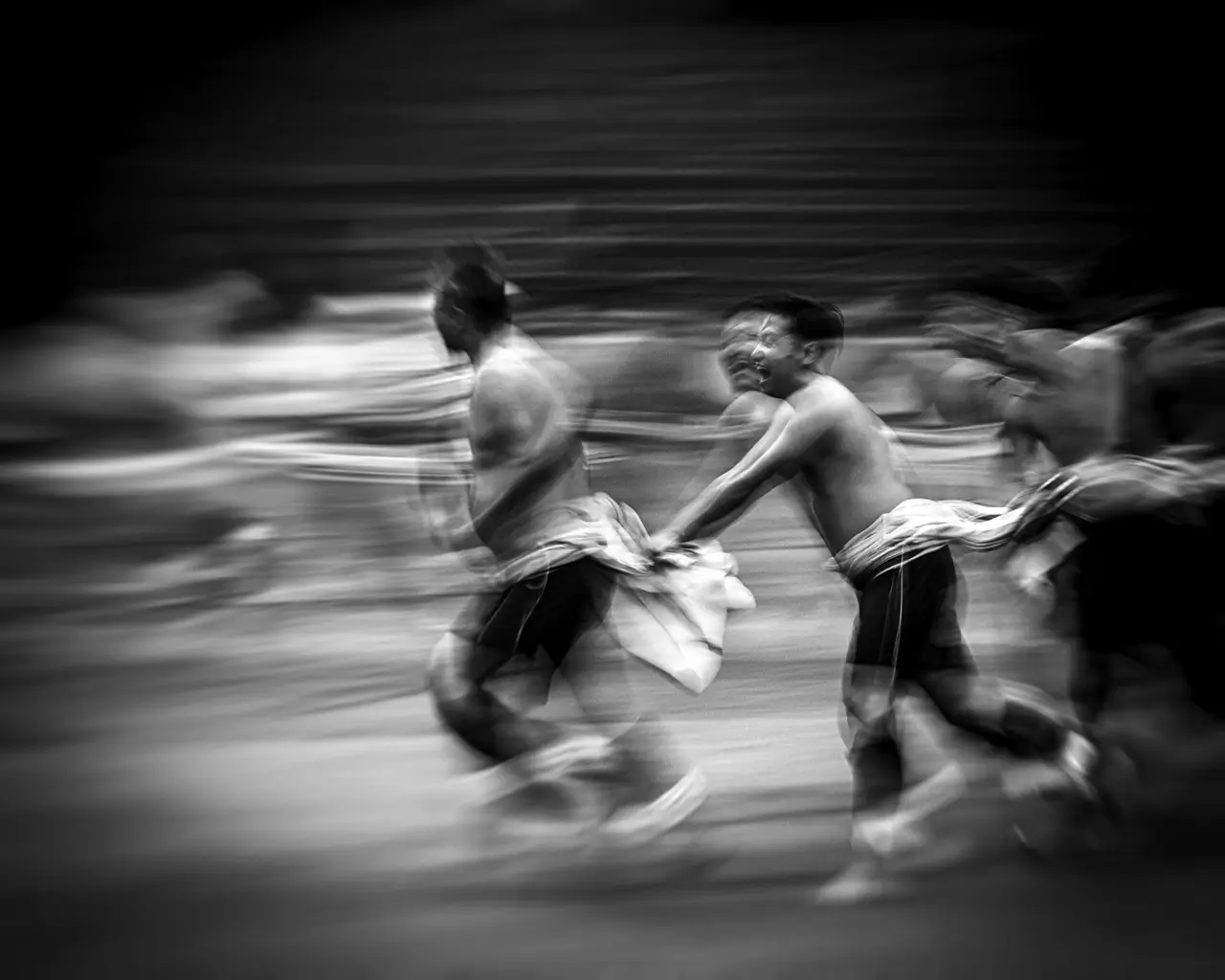
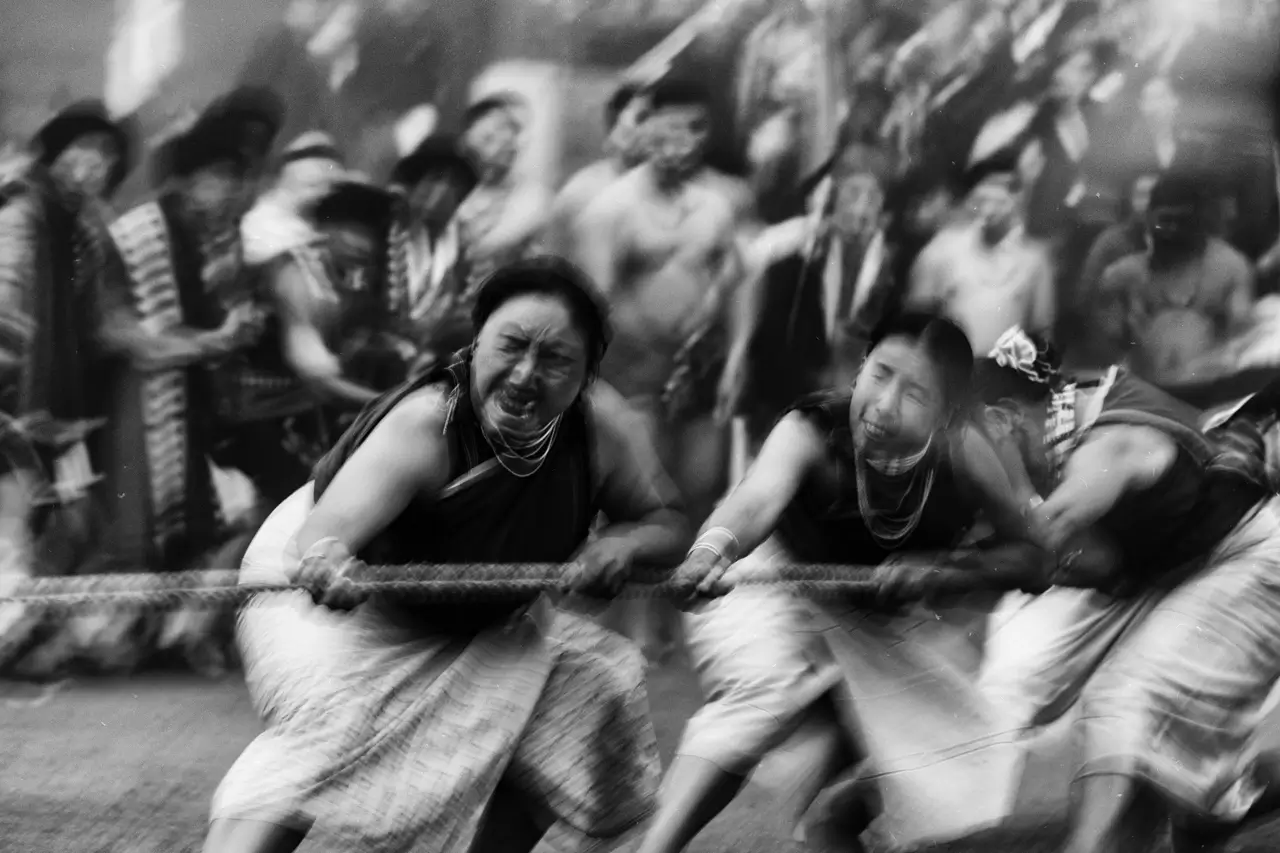

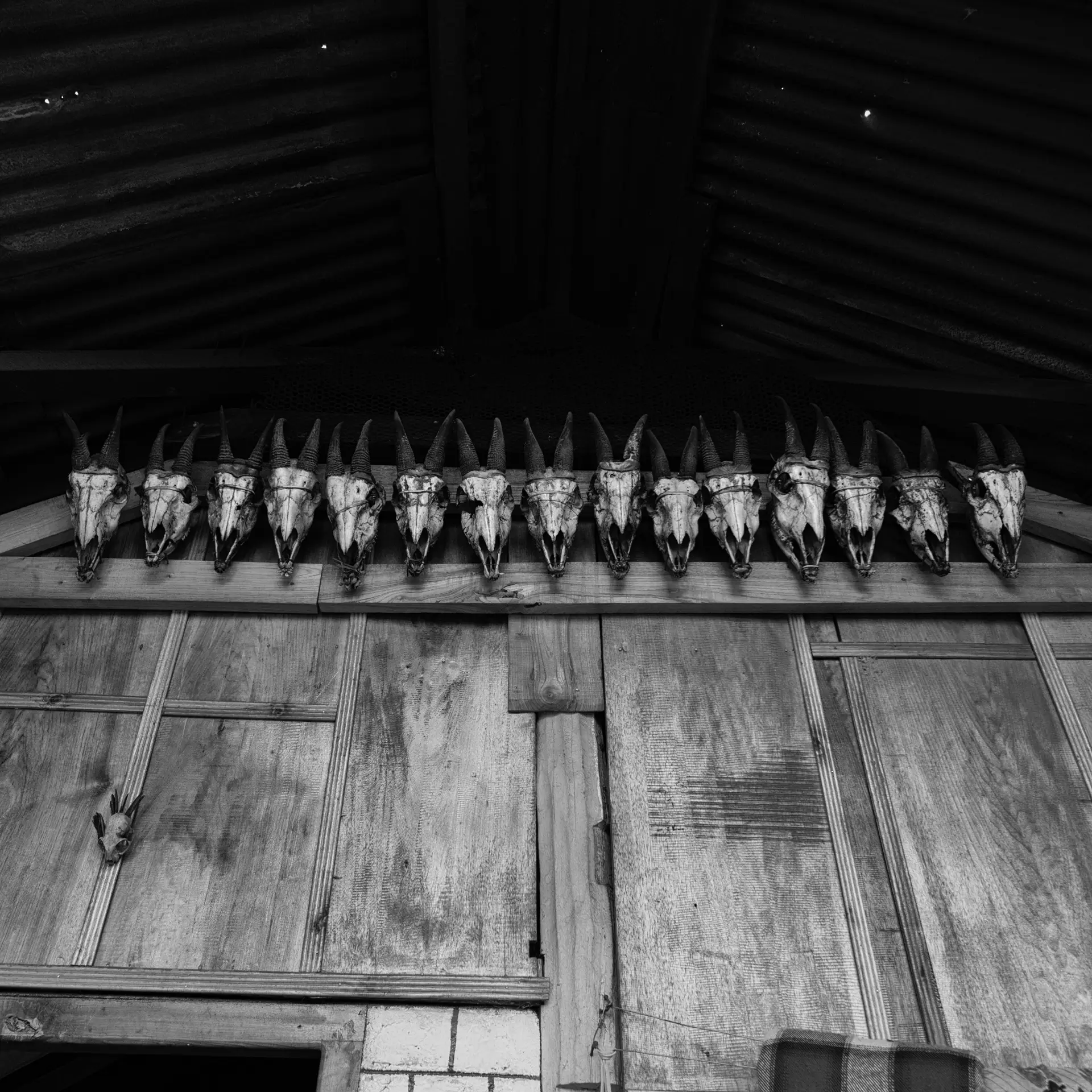
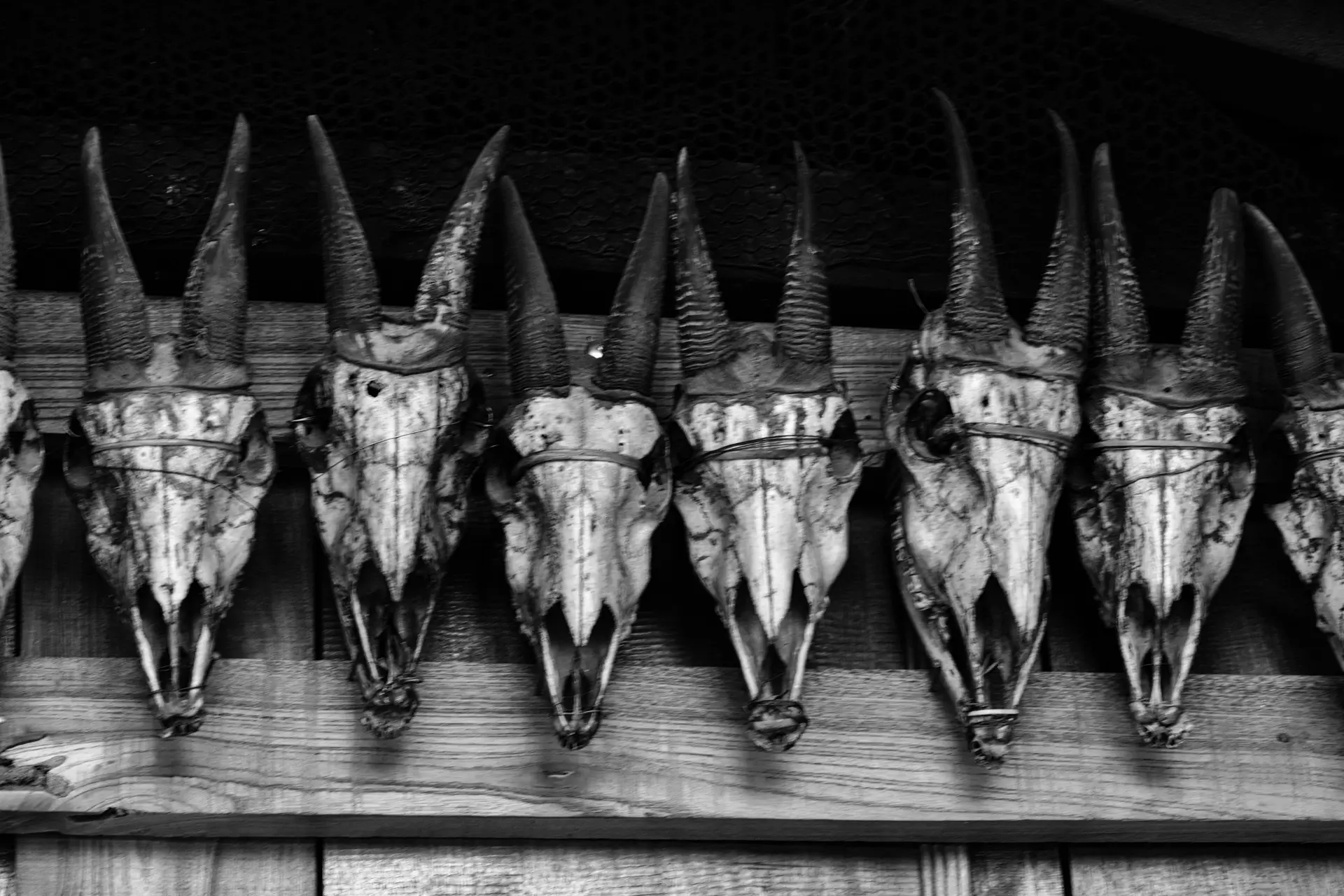
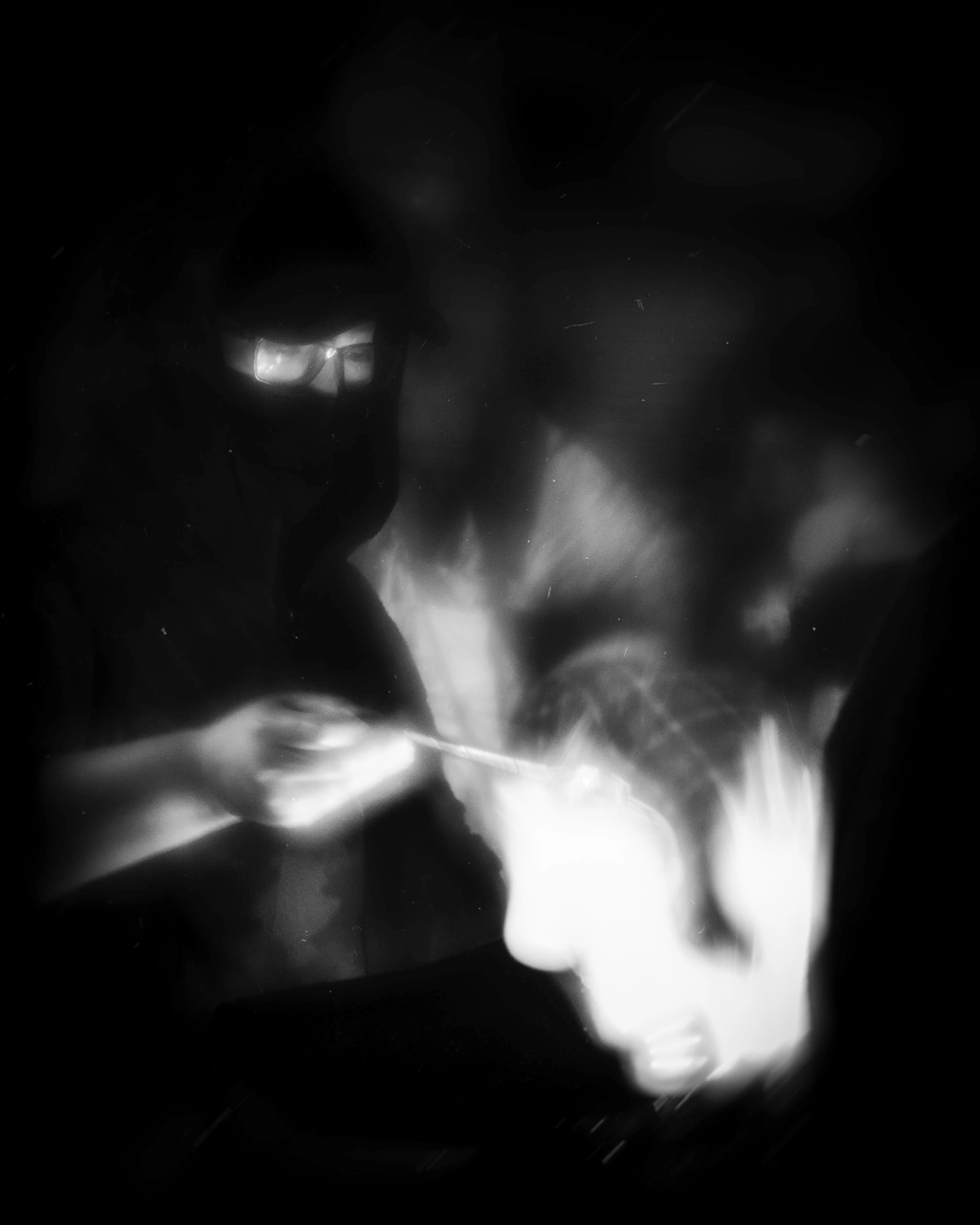
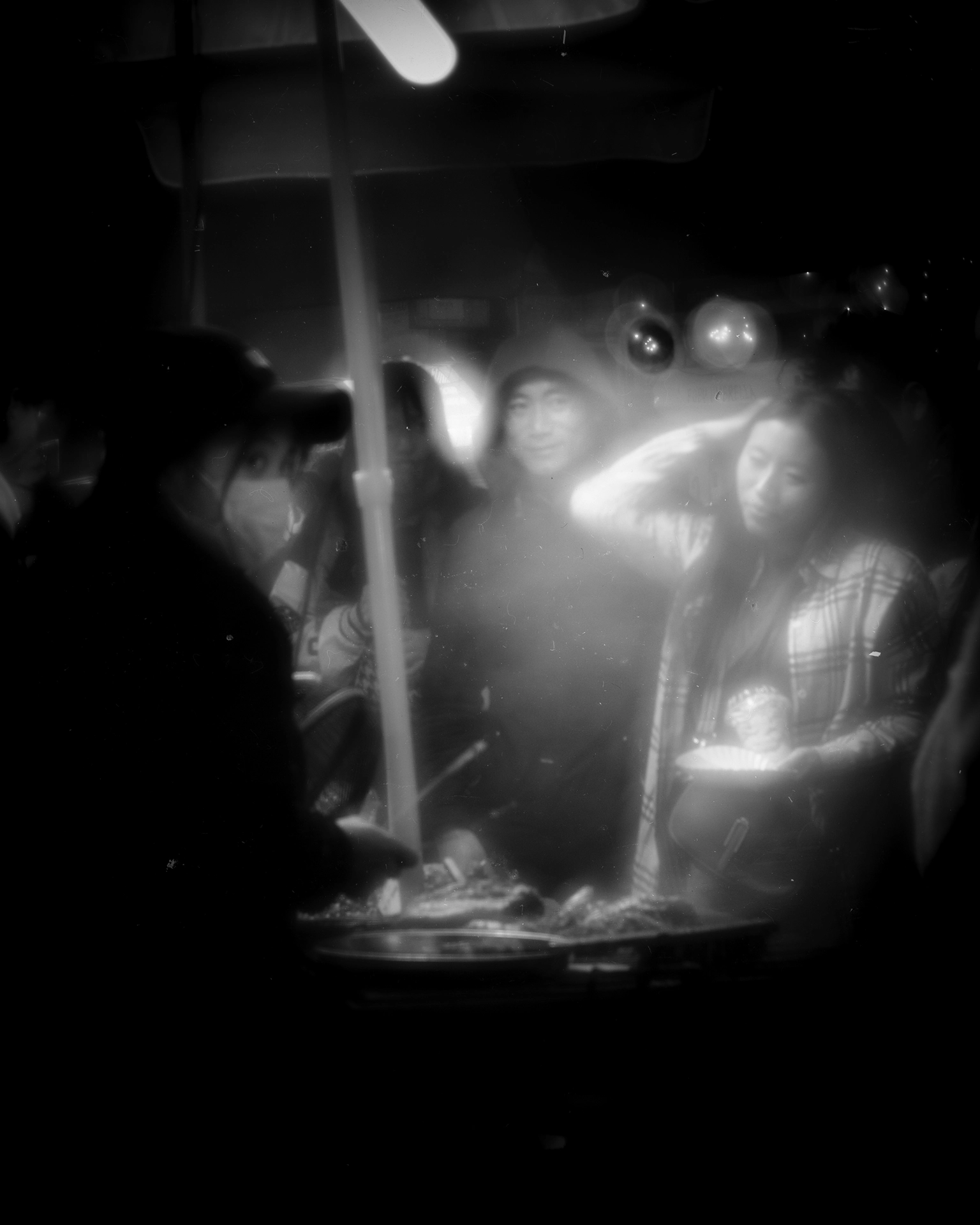
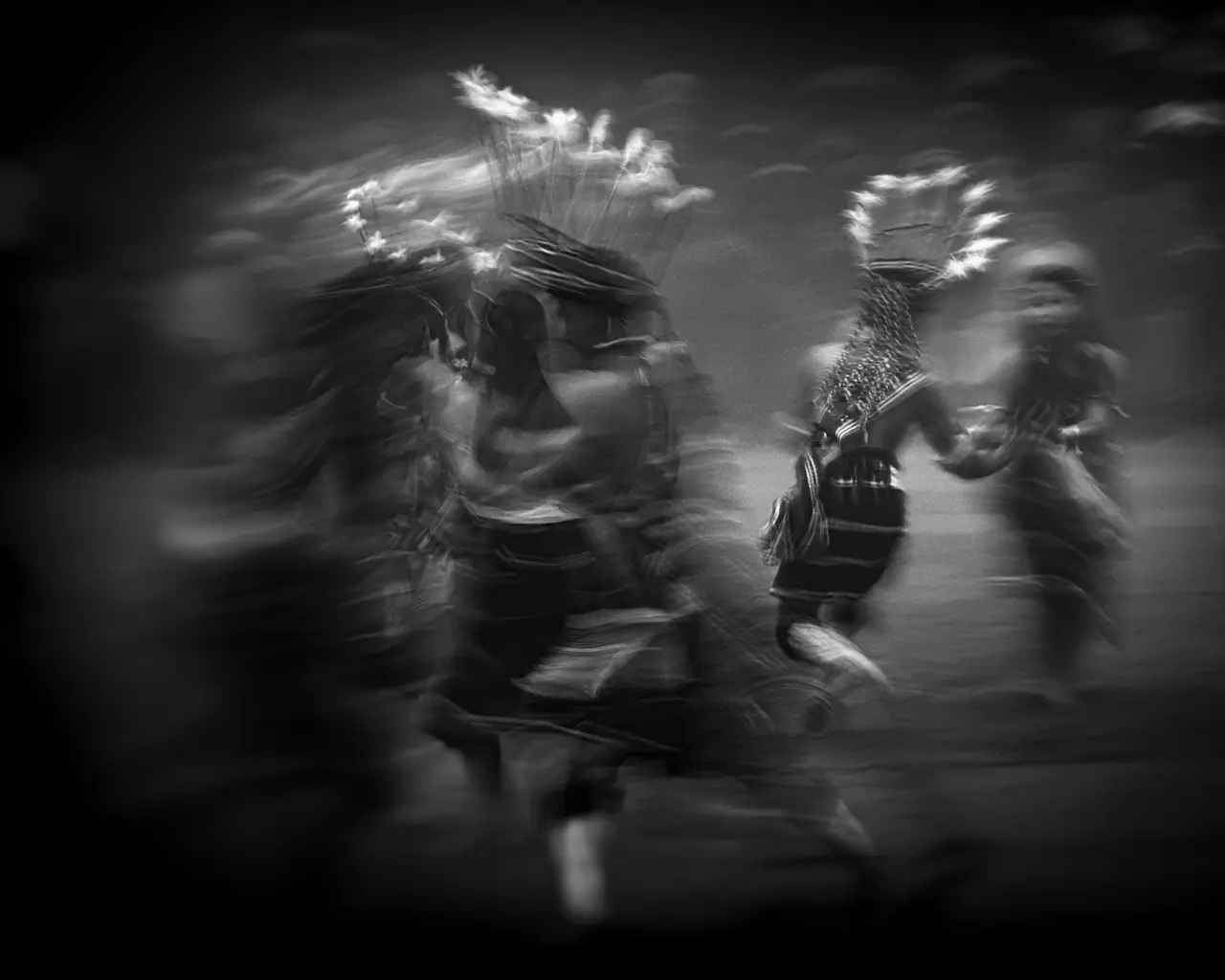
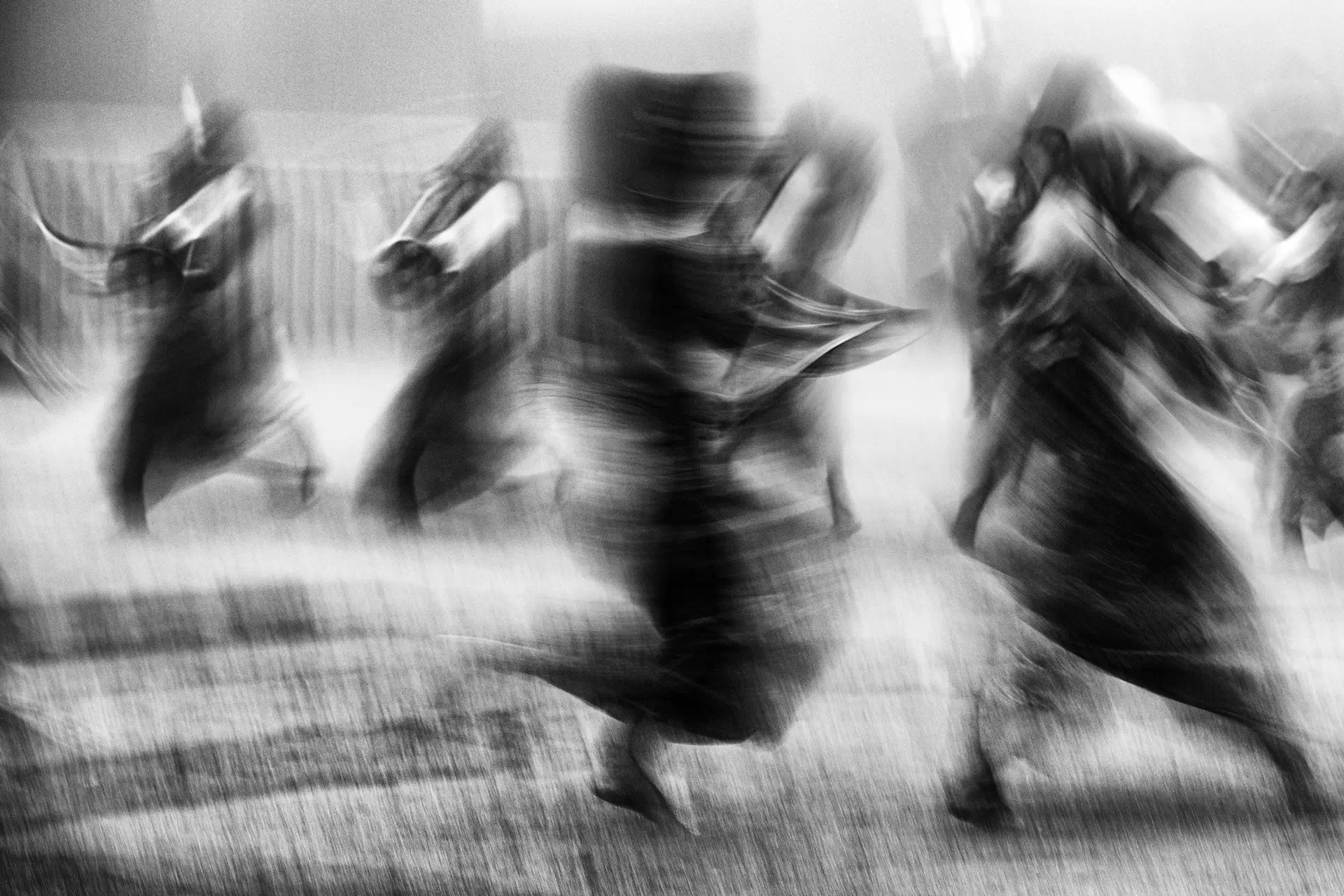



I rarely feel motivated to explore deeper once I open a site. But as I scrolled into 1win the mobile interface caught my attention with its intuitive layout, live markets, and responsive design. It made me want to stay and explore more without feeling overwhelmed.